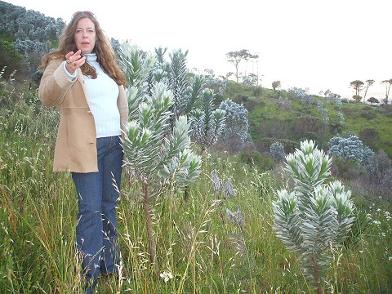Should I use Hemp to build my House?
Did you know that buildings are the largest source of greenhouse gases in the world?
Hemp can be used to make many things including furniture, walls, shelves, and now Hempcrete which is an alternative to concrete. Hempcrete is non-toxic, energy-efficient, and resistant to mold, insects and fire. This mixture has been used over many years in throughout Europe - Hempcrete buildings ten stories high have been built.
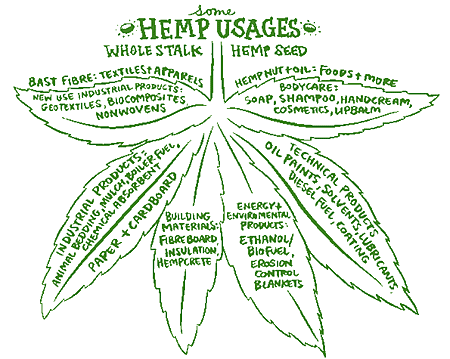
First off, what is Hempcrete? Hempcrete is a building material that incorporates hemp into its mixture. Hempcrete is very versatile as it can be used for wall insulation, flooring, walls, roofing and more. It’s fire-proof, water-proof, and rot-proof as long as it’s above ground. Hempcrete is made from the shiv or inside stem of the hemp plant and is then mixed with a lime base binder to create the building material. This mixture creates a negative carbon footprint.
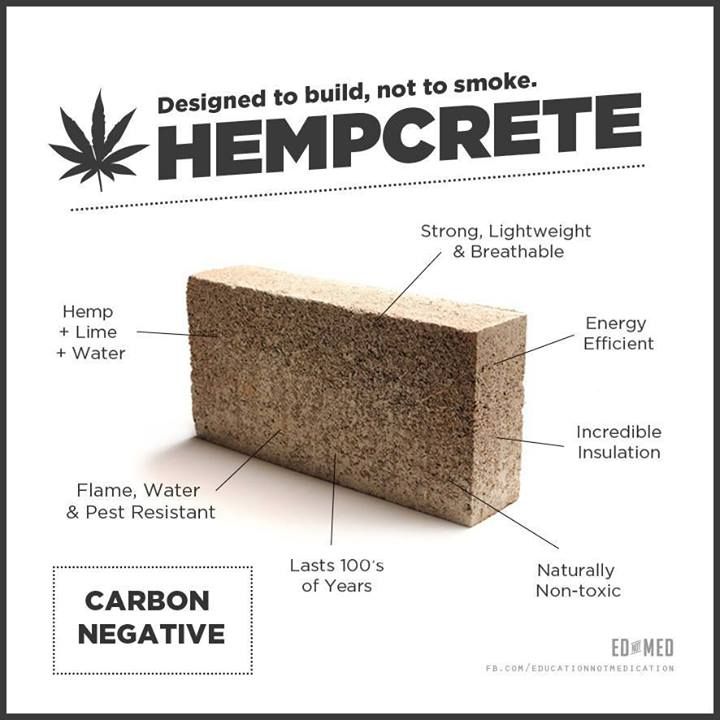
Hempcrete is much more versatile, easy to work with and pliable than concrete. Since lime is the binding material, builders do not have to heat up the lime as much as a supplier would need to in the industrial creation of concrete. This results in a lot of energy conservation when producing Hempcrete vs. concrete.
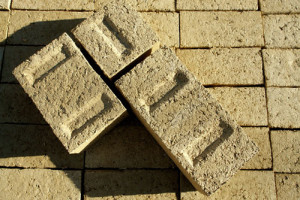
During its growth process, the hemp plant sequesters over 15 tons of carbon. It takes just 2.5 acres of hemp to produce enough hemp shiv to build a 1,250 sq. ft house. Hemp can grow up to 14 feet in just 14 weeks, requires NO pesticides, minimal fertilizer and irrigation, and is an excellent rotation crop. If 900 traditional homes were built using industrial hemp, over 45,000 tons of CO2 would be saved during the building process.
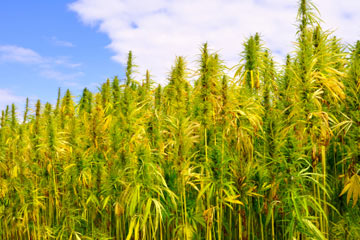
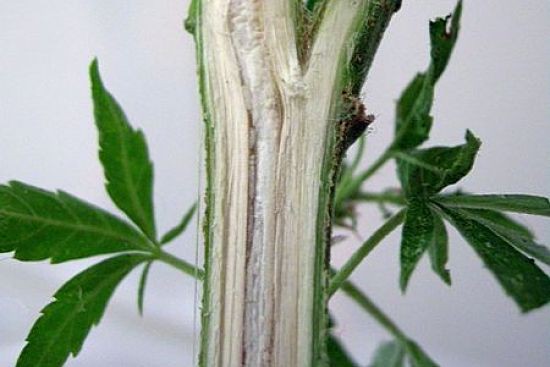
The advantages of using Hempcrete : -
- Environmentally more friendly with less use of petrochemicals.
- Low maintenance.
- Exceptionally quiet from exterior and interior noise.
- Cost effective.
- Potential carbon neutral construction.
- Aesthetically pleasing with other materials (stone, wood, tile).
- Plaster invented in B.C. creates a waterproof, breathable shell around the house.
- Thermal mass assists temperature control in low and high temperatures.
- Insect and rat resistant.
- Fireproof and earthquake resistant.
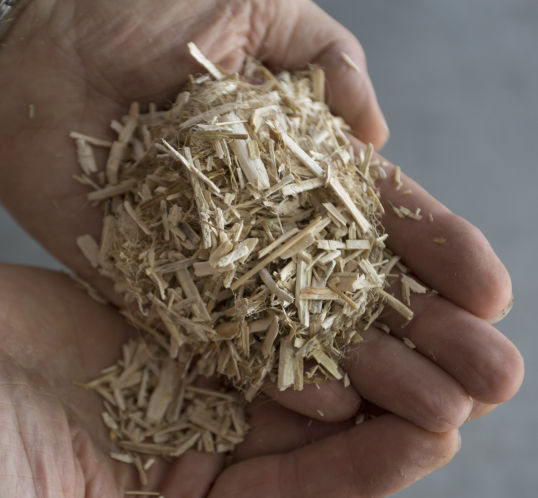
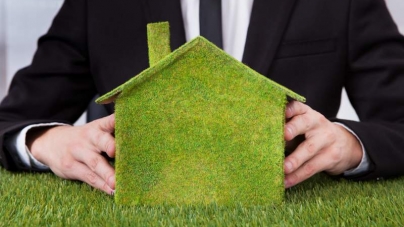
The fact is, hemp and marijuana do come from the same plant species, Cannabis Sativa L, but they are very different products. Marijuana is cultivated to contain high levels of THC—the stuff that gets you high. Hemp, on the other hand, is cultivated to contain little to no THC. Marijuana plants contain on average 12% THC, while hemp contains less than 1%.
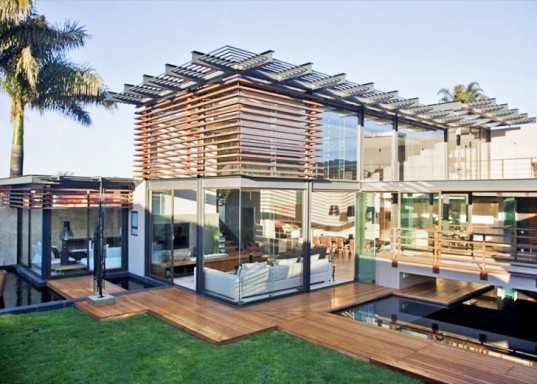
House Abo by Nico van der Meulen
Hempcrete has incredible thermal qualities that can cut energy bills in half, thereby reducing our carbon footprint and our reliance upon coal, oil, natural gas and nuclear energy. While the average home lasts 80 years, and ends up in our landfills, hemp houses can last 300 to 800 years, and can be recycled back into the earth. Hempcrete can keep homes and buildings cooler in the summer and warmer in the winter, with minimal use of air conditioning or heating.
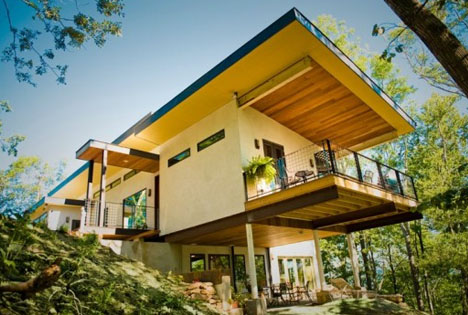
Call Claire - 082 399 0180
bluedesigns5@gmail.com
Follow me on LinkedIn - https://www.linkedin.com/in/claire-cardwell-ab438a17
Follow me on Facebook - https://www.facebook.com/bluedesignsarchitects/
Follow me on Medium - https://medium.com/@clairecardwell
Claire Cardwell is originally from the UK and moved to South Africa in 1999. She started Blue Designs in 2004 after working as a Project Manager for Avalon Construction on a luxury home in the Featherbrook Estate. In her spare time Claire is a writer and artist.
